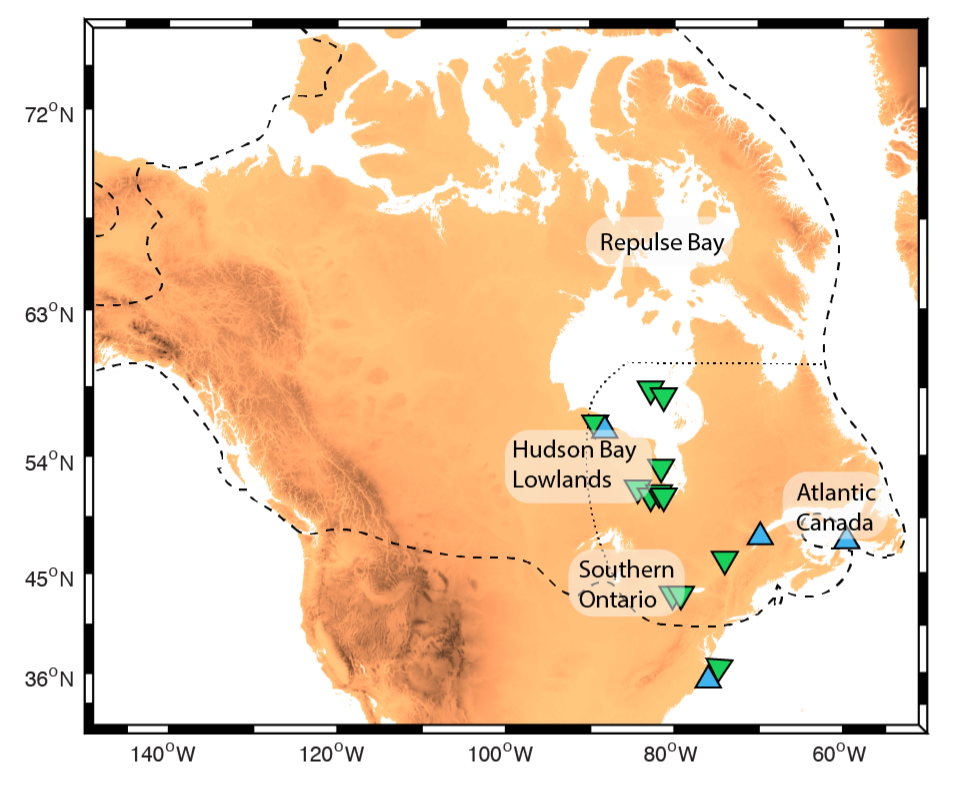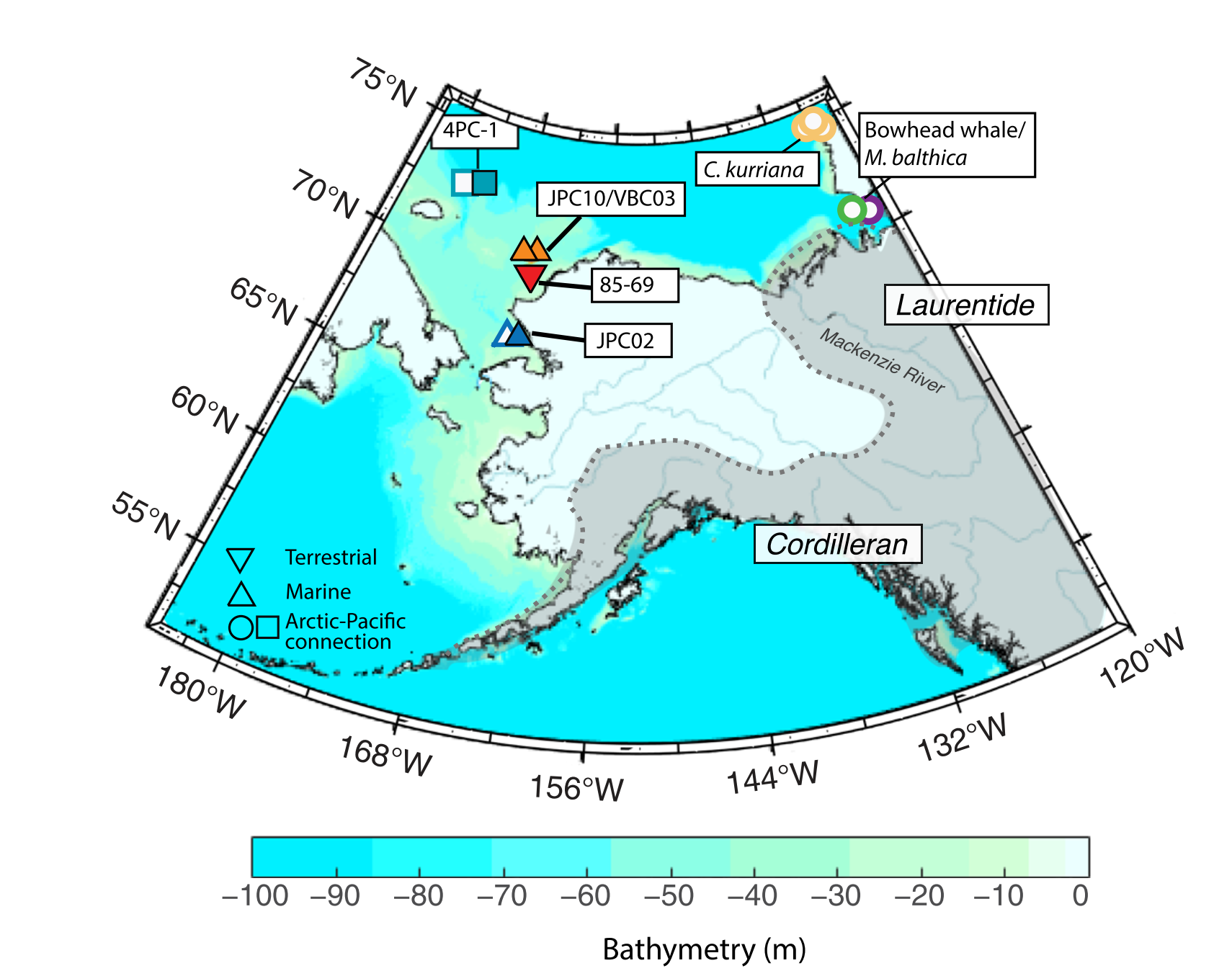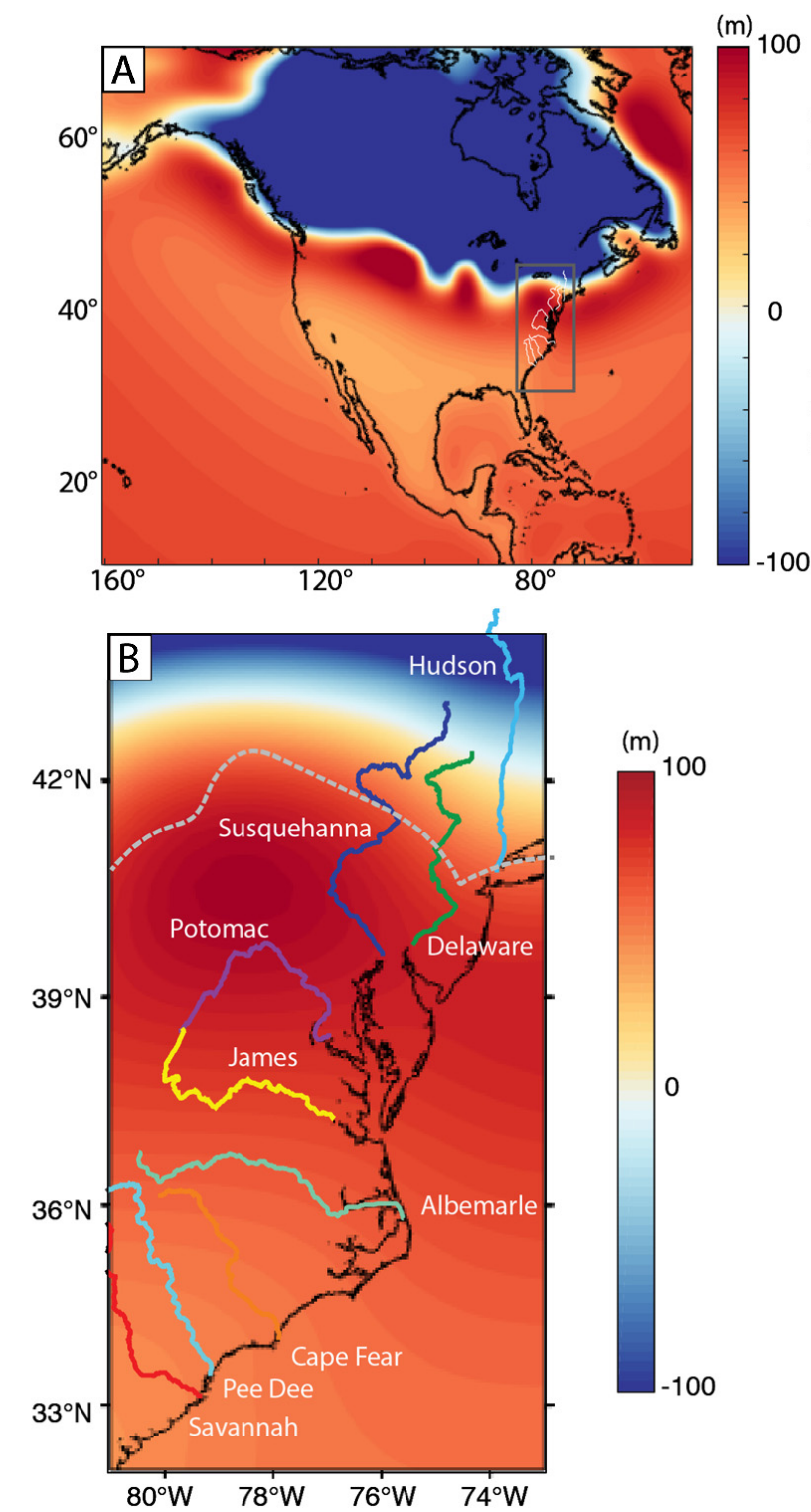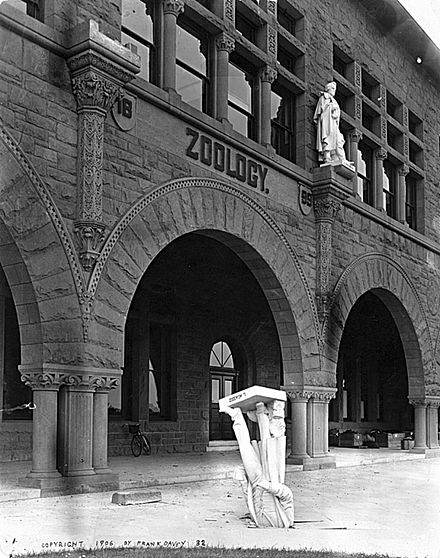I am interested in social issues within geoscience and the broader scientific community. In this stream of my research, I use quantitative and qualitative methods to document and analyze how social conventions and cultural practices affect the geosciences community. I am particularly interested in understanding how practices in 19th century early American geology continue to shape the culture and values in our field, and how these contribute to the marginalization of specific communities in geoscience today.
Imperialism in geology, past and present: One research question I ask is how modern fieldwork mimic 19th century practices in geology, rooted in imperialism and colonialism. Another future project, “Landscapes of Difference”, aims to explore the role of scientific racism in shaping geology as a discipline, exposing foundational American geologists’ involvement in studies of racial typology, which fueled the eugenics movement.
T. Pico,
"The Darker Side of John Wesley Powell" , Scientific American, 2019
T. Pico and G. Lester.,
"The Colonial History of Geology in the United States" , Insurrect!, 2021
T. Pico, Performing geology: risk and conquest in the origin stories of a field science , Catalyst: feminism, theory, technoscience, Fall 2023,
Sexual language in geology: I am interested in cultures around harassment in modern geoscience fieldwork. Specifically, by analyzing the use of sexual metaphors in geology I am curious how “field speech” mirrors cultures of masculinity embedded in the discipline. I connect such language to 19th century geologic literature to unroot the origins of sexualized rhetoric.
Highlighted in EOS article:
"Body-Based Jargon Can Be Harassment When It Turns Sexual"
Representation in geoscience: In one study, I investigated the representation of women as first authors in the geosciences, and found a large first-authorship gender gap. While the representation of female first authors varies significantly by subfield (16% to 31%), I found that female first authors represent less than 25% of total first authors in the majority of journals analyzed.
T. Pico, P. Bierman, K. Doyle, S. Richardson,
First authorship gender gap in the geosciences , AGU Earth & Space Sciences,2020



